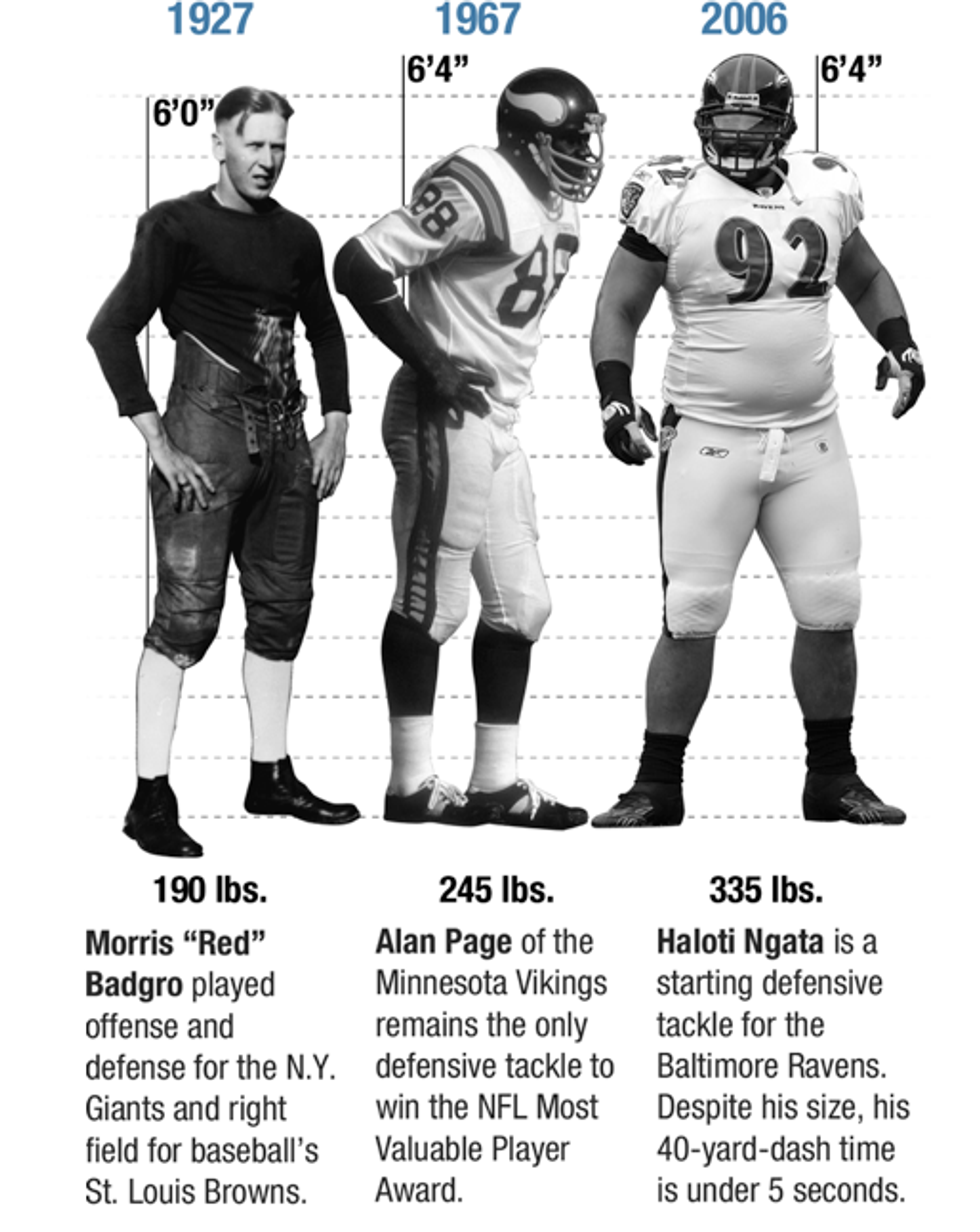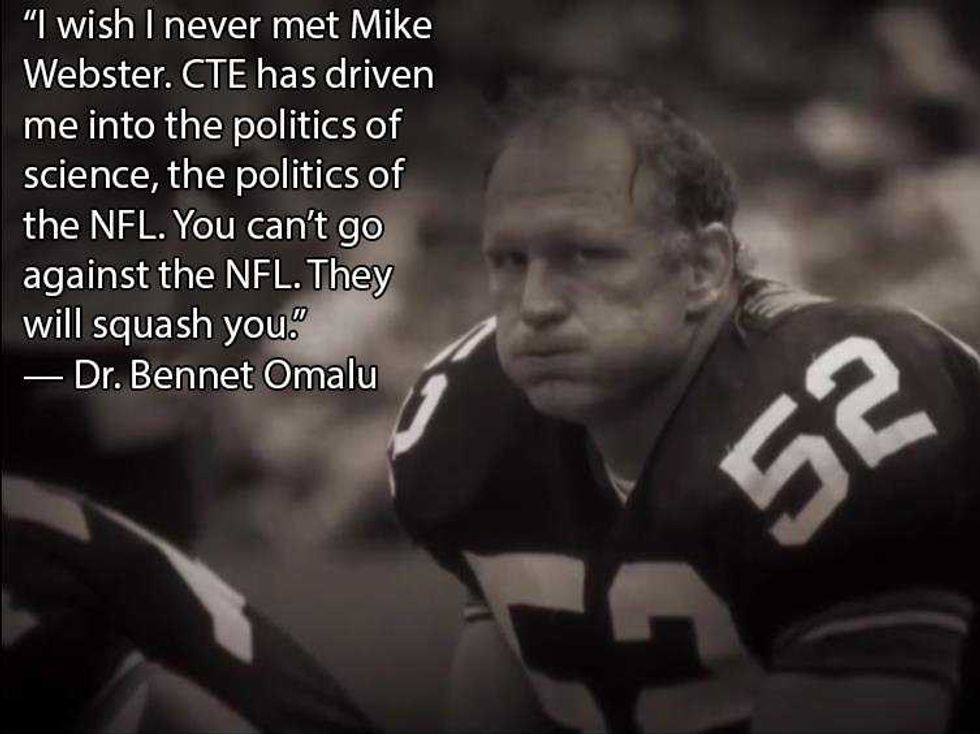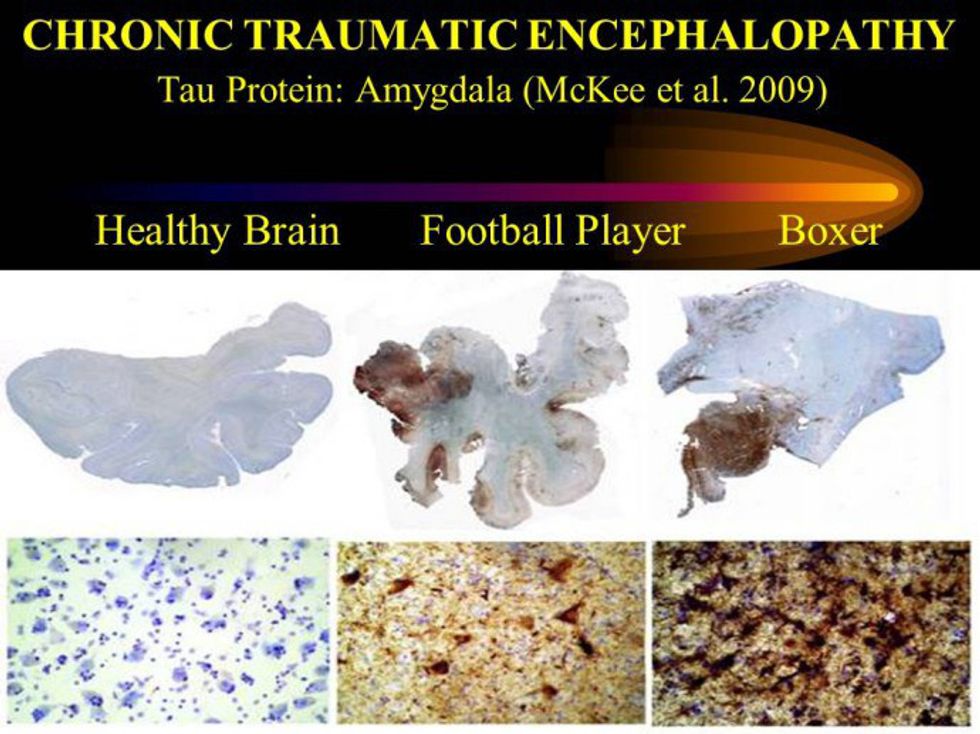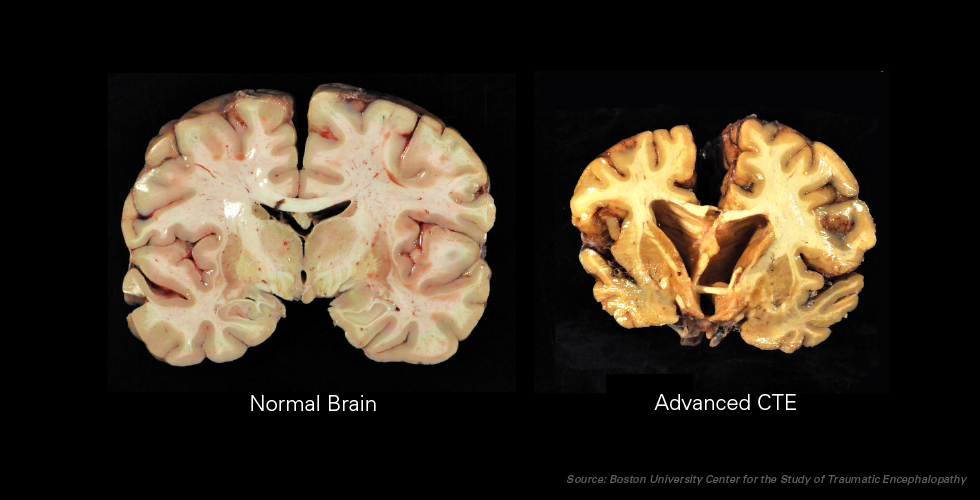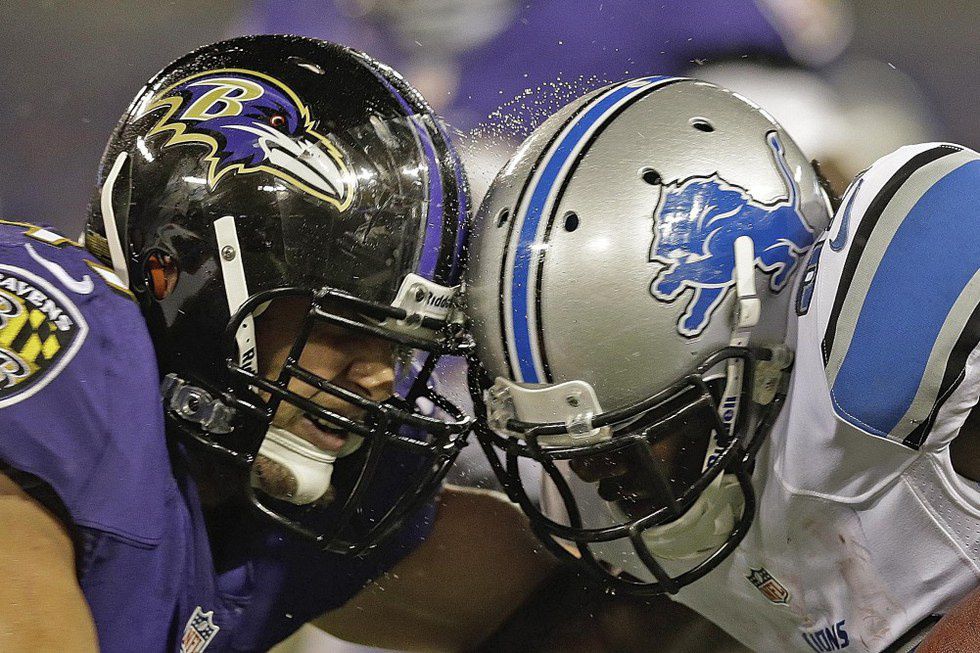In the $9 billion industry of the NFL, the multimillionaire players are nothing but pawns to be used and discarded in a winner-takes-all game of money. The tip of the iceberg of health concerns surrounding America’s favorite sport came to light in the tragic death of Mike Webster. A 9 time pro-bowler and Hall of Fame center, Webster played every offensive snap for 10 consecutive years. That’s like being in a small car crash 30-50 times…per game. These hits range anywhere from 30-130 G forces. "An impact of 120 Gs would be like a severe car accident, which you could survive if you were wearing a seat belt," said Stefan Duma, an engineer who specializes in car crashes.
After enjoying a successful career from 1974-1990, Webster retired and began to suffer from amnesia, dementia, and depression. He lived in a pickup truck and then a train station before eventually moving in with his teenage son. In 2002, he died from a heart attack and the autopsy that followed would change the world of football.
Bennet Omalu says he wishes he had never come across Mike Webster. He was the coroner who published a study revealing drastic changes in Webster's brain anatomy and introduced the new disease Chronic Traumatic Encephalopathy (CTE). His study suggested “potential long-term neurodegenerative outcomes in retired professional National Football League players subjected to repeated mild traumatic brain injury.” This outraged the NFL. The lead medical advisor, Dr. Elliot Pellman released a statement that attacked Omalu disregarding his work completely and invaliding him as a scientist saying he was practicing "voodoo." In a private meeting, they asked him if he knew the implications of his study. They said his work is "proving that football is a dangerous sport and that if 10 percent of mothers in this country would begin to perceive football as a dangerous sport, that is the end of football." Omalu ended up moving across the country to distance himself as far as possible from the NFL. Sony is releasing a movie in December called League of Denial which tells the story of Omalu’s struggle to have CTE validated, but the Sony email leak revealed the NFL had essentially asked the movie production company to present them in the best lighting possible. An email on Aug. 1, 2014, said some “unflattering moments for the N.F.L.” were deleted or changed, while in another note on July 30, 2014, a top Sony lawyer is said to have taken “most of the bite” out of the film. A movie meant to criticize the reaction to Omalu's study and disregard for player safety was developed with help from an NFL consultant. It was made clear that the movie was not to be "anti-football."
In an attempt to disregard Omalu’s findings, a study of concussions in professional football was put together. The study found no evidence of permanent brain dysfunction and said that players who sustained multiple mild traumatic brain injuries were no different from those with single injuries. “There was no evidence of worsening injury or chronic cumulative effects of multiple MTBIs in NFL players.” This turned out to be a completely bogus study. Bill Barr, an NYU Neuropsychologist who just happened to be a former Jet’s Team doctor and later came clean about the study. "I said that the data collection is all biased," Barr said. "My calculations were that their published studies only included 15 percent of the available data. Let's put it this way: There were nearly 5,000 baseline studies that had been obtained in that 10-year period. And only 655 were published in the study." For 10 years, the NFL and a group of sleazy neuroscientists lied about how much danger players were in. The head of the committee responsible for this study, Dr. Elliot Pellman (who also released the statement attacking Omalus) is still giving the league medical advice.
CTE is not something to be taken lightly. It has two clinical presentations: Behavior and Cognitive. Oftentimes the behavioral presentation of aggression and problems with impulse control is seen sooner in younger athletes, whereas retirees see the detrimental cognitive effects. The disease typically progresses into dementia and mirrors the memory loss symptoms of Alzheimer’s, though it is pathologically different. As the disease progresses, the over phosphorylation of the protein Tau, starts to strangle the brain, choking away areas responsible for memory and emotional control and causing brain weight loss up to 30%.
So maybe CTE is to blame for the high rate of domestic violence seen in the NFL and in the boxing professions. Hall of Fame running back Tony Dorsett has spoken out about his experience with the disease. He’s struggled with controlling outburst and said it is “painful for my daughters to say that they’re scared of me.” Like many other players diagnosed with CTE, he has been labeled clinically depressed. Dorsett was also part of the $765 million settlement between the NFL and more than 4,500 former players because the NFL never told them that playing football was slowly killing them. "Some people have paid prices, their lives," Omalu said, "Some people, while adding value to entertain us, while contributing to the American experience, pay the ultimate price with their lives, and unfortunately were not aware while they were entertaining us that they were slowly losing their lives."
Today, the NFL acknowledges the existence of CTE and the threat it poses to players. "We are dedicated to making football safer and continue to take steps to protect players, including rule changes, advanced sideline technology and expanded medical resources," the league said. They donated $1 million to Boston University to research brain trauma. That's very kind and all, but the NFL has over $9 billion in annual revenue, a million dollars is pocket change that sounds pretty to the public.
With player suicides like OSU's Kosta Karageorge, Mike Current, and Ray Easterling and the mounting evidence such as CTE being found in 76 out of 79 deceased NFL players, you have to ask if it's all worth it.
Are we just sacrificing people for entertainment?




